18420 Second Exposures Stacked To Give Whirling Effect

18420 second exposures stacked to give whirling effect
js
More Posts from Chris-z-2135-46-blog and Others
When the bass drops
Gimme fuel

8 Things to Know About Our Commercial Crew Program
Two years after selecting the next generation of American spacecraft and rockets that will launch astronauts to the International Space Station, engineers and spaceflight specialists across our Commercial Crew Program, Boeing and SpaceX are putting in place the elements required for successful missions.

1. The Goal
The goal of our Commercial Crew Program is to return human spaceflight launches to U.S. soil, providing reliable and cost-effective access to low-Earth orbit on systems that meet our safety requirements. To accomplish this goal, we are taking a unique approach by asking private companies, Boeing and SpaceX, to develop human spaceflight systems to take over the task of flying astronauts to station.

2. Multi-User Spaceport
Boeing and SpaceX, like other commercial aerospace companies, are capitalizing on the unique experience and infrastructure along the Space Coast at our Kennedy Space Center and Cape Canaveral Air Force Station. Kennedy has transitioned from a government-only launch complex to a premier multi-user spaceport. In the coming years, the number of launch providers along the Space Coast is expected to more than double.

3. Innovation
Our expertise has been joined with industry innovations to produce the most advanced spacecraft to ever carry humans into orbit. Each company is developing its own unique systems to meet our safety requirements, and once certified by us, the providers will begin taking astronauts to the space station.

4. Research
With two new spacecraft that can carry up to four astronauts to the International Space Station with each of our missions, the number of resident crew will increase and will double the amount of time dedicated to research. That means new technologies and advances to improve life here on Earth and a better understanding of what it will take for long duration, deep space missions, including to Mars.

5. Crew Training
Astronauts Bob Behnken, Eric Boe, Doug Hurley and Suni Williams have been selected to train to fly flight tests aboard the Boeing CST-100 Starliner and SpaceX Crew Dragon.

The veteran crew have sent time in both spacecraft evaluating and training on their systems. Both providers are responsible for developing every aspect of the mission, from the spacesuits and training, to the rocket and spacecraft.

6. Launch Abort System
Boeing and SpaceX will equip their spacecraft with launch abort systems to get astronauts out of danger … FAST!

7. Expedited Delivery
Time-sensitive, critical experiments performed in orbit will be returned to Earth aboard commercial crew spacecraft, and returned to the scientists on Earth in hours, instead of days – before vital results are lost. That means better life and physical science research results, like VEGGIE, heart cells, and protein crystals.

8. Lifeboat
The spacecraft will offer safe and versatile lifeboats for the crew of the space station, whether an emergency on-orbit causes the crew to shelter for a brief time in safety, or leave the orbiting laboratory altogether. Learn more HERE.
Make sure to follow us on Tumblr for your regular dose of space: http://nasa.tumblr.com
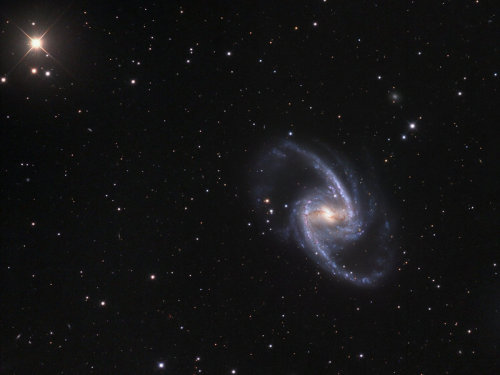
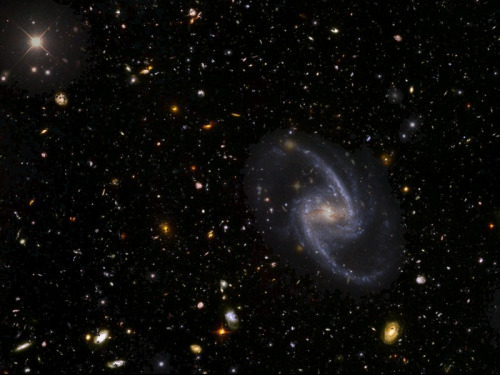
Trillions and Trillions
As far as astronomers know, this universe of ours is nearly 14 billion years old and 93 billion light-years across. Only objects between 10 to 12 billion light-years distant will ever be visible due to the expansion of the universe.
Recently, a new survey upped the believed galactic population from around 100 billion to TWO TRILLION.
Images: Left: NGC 1365 Credit: Jason Jennings Right: Hubble Deep Field added to the background of NGC 1365 Credit: NASA/ESA

Sputnik 1 was the very FIRST satellite humans successfully launched and placed in orbit around Earth. It launched out of the Soviet Union on Oct. 4, 1957. Sputnik was an incredible technological advancement at the time, and its launched fueled the fears brought on by the Cold War. The Russian word “Sputnik” means “companion.” (📷 : NASA)

Nebula Images: http://nebulaimages.com/
Astronomy articles: http://astronomyisawesome.com/


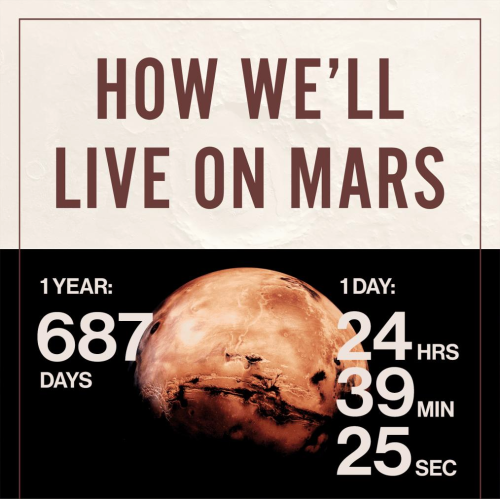
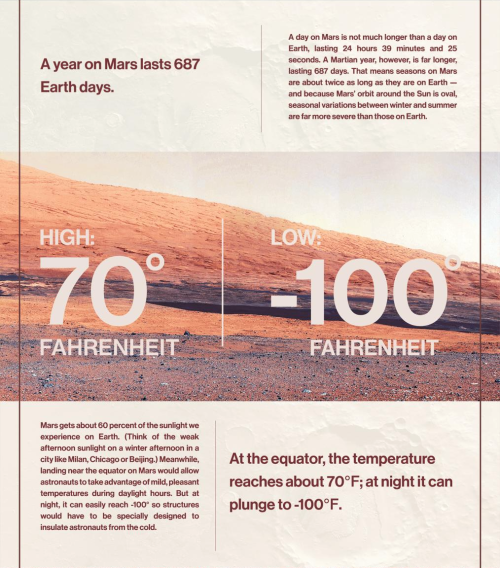
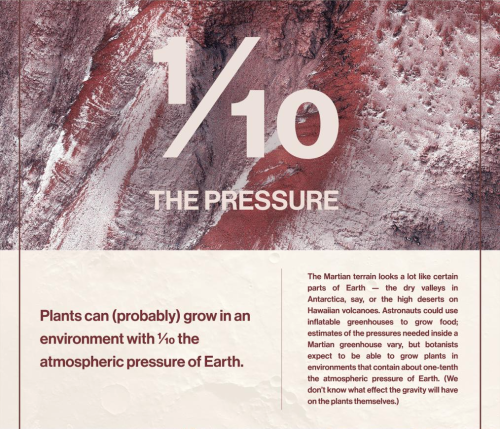
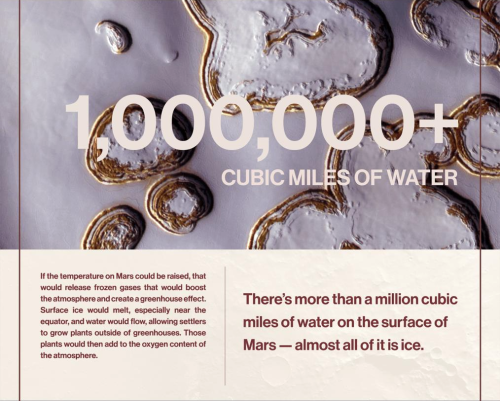
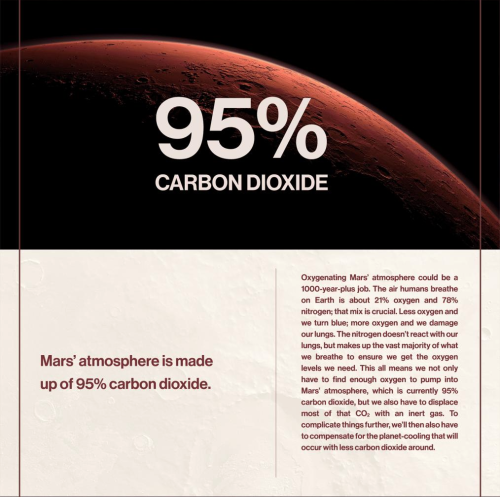
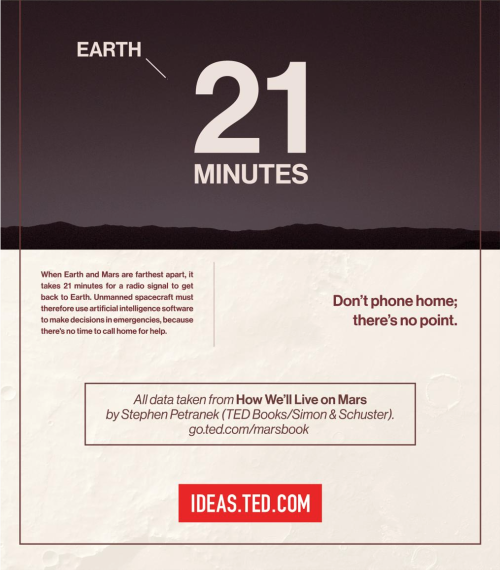
Life on Mars
Asteroid Terms: Explained
There are interesting asteroid characters in our solar system, including an asteroid that has its own moon and even one that is shaped like a dog bone! Our OSIRIS-REx mission launches at 7:05 p.m. EDT today and will travel to asteroid Bennu.

Scientists chose Bennu as the target of the OSIRIS-REx mission because of its composition, size and proximity to Earth. Bennu is a rare B-type asteroid (primitive and carbon-rich), which is expected to have organic compounds and water-bearing minerals like clays.
Our OSIRIS-REx mission will travel to Bennu and bring a small sample back to Earth for study.

When talking about asteroids, there are some terms scientists use that might not be in your typical vocabulary…but we’ll help with that!
Here are a few terms you should know:
Orbital Eccentricity: This number describes the shape of an asteroid’s orbit by how elliptical it is. For asteroids in orbit around the sun, eccentricity is a number between 0 and 1, with 0 being a perfectly circular orbit and 0.99 being a highly elliptical orbit.
Inclination: The angle, in degrees, of how tilted an asteroid’s orbit is compared to another plane of reference, usually the plane of the Earth’s orbit around the sun.
Orbital Period: The number of days it takes for an asteroid to revolve once around the sun. For example, the Earth’s orbital period is 365 days.
Perihelion Distance: The distance between an asteroid and the sun when the asteroid is closest to the sun.
Aphelion Distance: The distance between the asteroid and the sun when the asteroid is farthest away from the sun.
Astronomical unit: A distance unit commonly used to describe orbits of objects around the sun. The distance from the Earth to the sun is one astronomical unit, or 1 AU, equivalent to about 93 million miles or 150 million kilometers.
Diameter: A measure of the size of an asteroid. It is the length of a line from a point on the surface, through the center of the asteroid, extending out to the opposite surface. Irregularly shaped asteroids may have different diameters depending on which direction they are measured.
Rotation Period: The time it takes for an asteroid to complete one revolution around its axis of rotation. For example, the rotation period of the Earth is approximately 24 hours, or 1 day.
Spectral Type: The classification of an asteroid, based on a measurement of the light reflected by the asteroid.

Watch live launch coverage of OSIRIS-REx to asteroid Bennu starting at 5:30 p.m, on NASA TV: http://www.nasa.gov/nasatv
Make sure to follow us on Tumblr for your regular dose of space: http://nasa.tumblr.com
-
 perfectlycautious reblogged this · 2 months ago
perfectlycautious reblogged this · 2 months ago -
 perfectlycautious liked this · 2 months ago
perfectlycautious liked this · 2 months ago -
 dmw10444 liked this · 2 years ago
dmw10444 liked this · 2 years ago -
 lotusofthesun liked this · 4 years ago
lotusofthesun liked this · 4 years ago -
 lirazell liked this · 6 years ago
lirazell liked this · 6 years ago -
 16fahri liked this · 6 years ago
16fahri liked this · 6 years ago -
 syntheticlynatural liked this · 6 years ago
syntheticlynatural liked this · 6 years ago -
 tngbabe liked this · 6 years ago
tngbabe liked this · 6 years ago -
 fagdykefrank liked this · 6 years ago
fagdykefrank liked this · 6 years ago -
 jacesilvermoon liked this · 6 years ago
jacesilvermoon liked this · 6 years ago -
 smth-wicked liked this · 6 years ago
smth-wicked liked this · 6 years ago -
 zucchinigal reblogged this · 6 years ago
zucchinigal reblogged this · 6 years ago -
 tyyiyi liked this · 6 years ago
tyyiyi liked this · 6 years ago -
 toynbeetile liked this · 6 years ago
toynbeetile liked this · 6 years ago -
 witchfairy liked this · 6 years ago
witchfairy liked this · 6 years ago -
 cruz-world liked this · 6 years ago
cruz-world liked this · 6 years ago -
 duquesapincarrasca reblogged this · 6 years ago
duquesapincarrasca reblogged this · 6 years ago -
 duquesapincarrasca liked this · 6 years ago
duquesapincarrasca liked this · 6 years ago -
 ifourmindbeso liked this · 6 years ago
ifourmindbeso liked this · 6 years ago -
 havocinthebluebox reblogged this · 6 years ago
havocinthebluebox reblogged this · 6 years ago -
 tomatescerejas liked this · 6 years ago
tomatescerejas liked this · 6 years ago -
 not-sensual-sickness reblogged this · 6 years ago
not-sensual-sickness reblogged this · 6 years ago -
 not-sensual-sickness liked this · 6 years ago
not-sensual-sickness liked this · 6 years ago -
 isaacfurrygamer liked this · 6 years ago
isaacfurrygamer liked this · 6 years ago -
 creative-dragons-run-amok liked this · 6 years ago
creative-dragons-run-amok liked this · 6 years ago -
 unirazzi liked this · 6 years ago
unirazzi liked this · 6 years ago -
 viceslunae reblogged this · 6 years ago
viceslunae reblogged this · 6 years ago -
 viceslunae liked this · 6 years ago
viceslunae liked this · 6 years ago